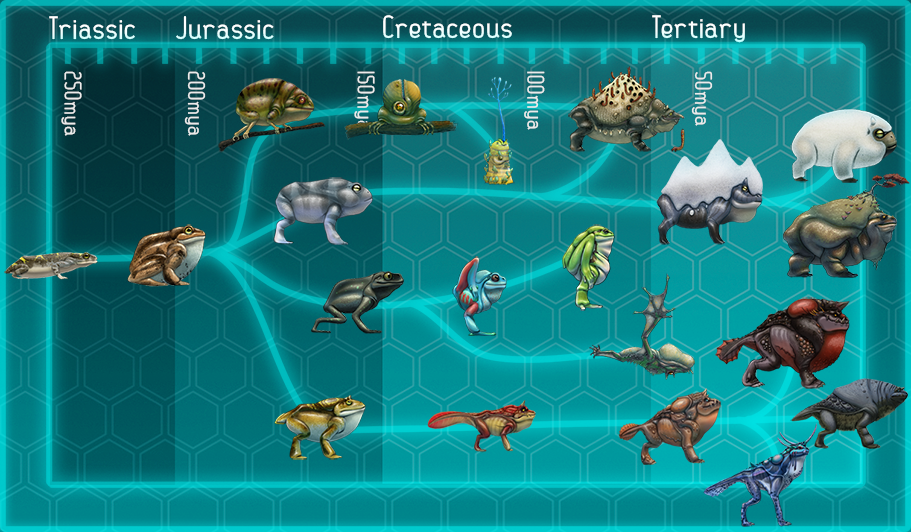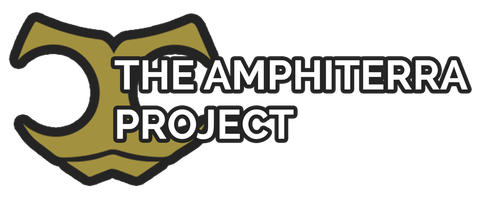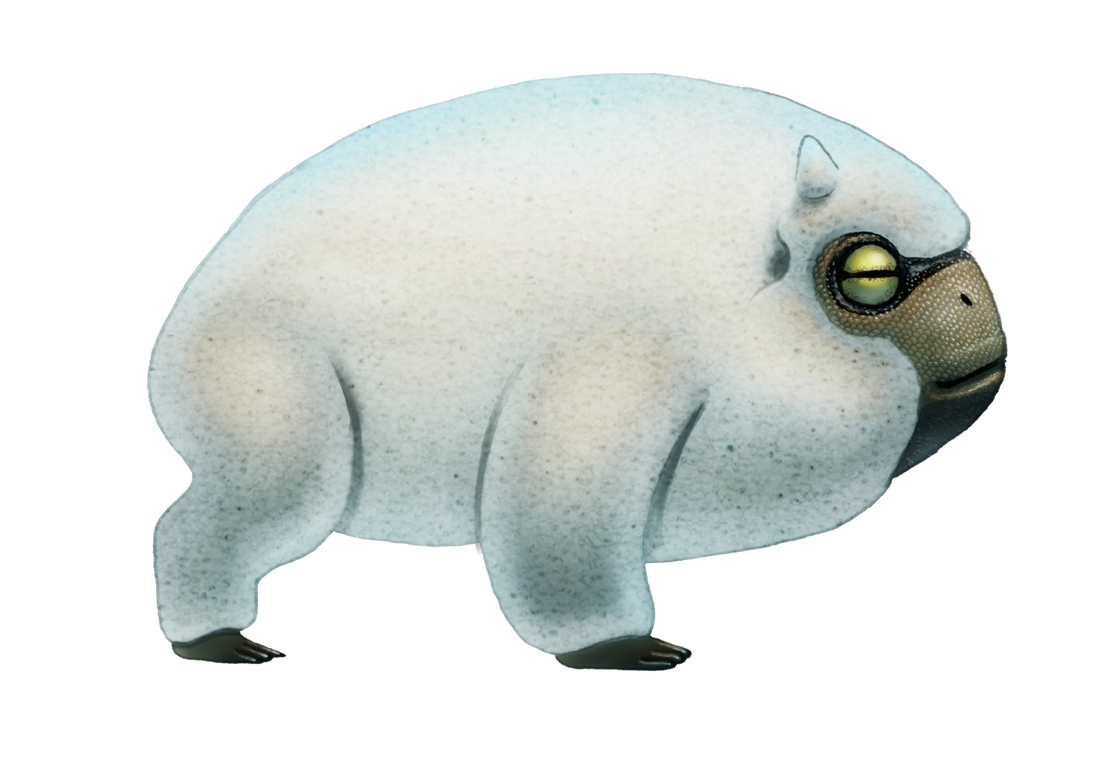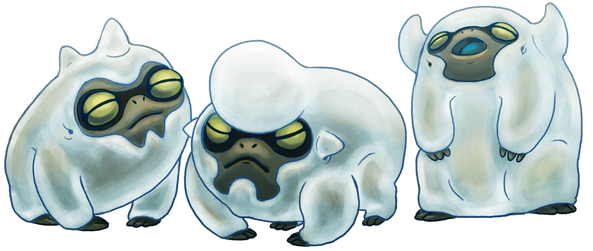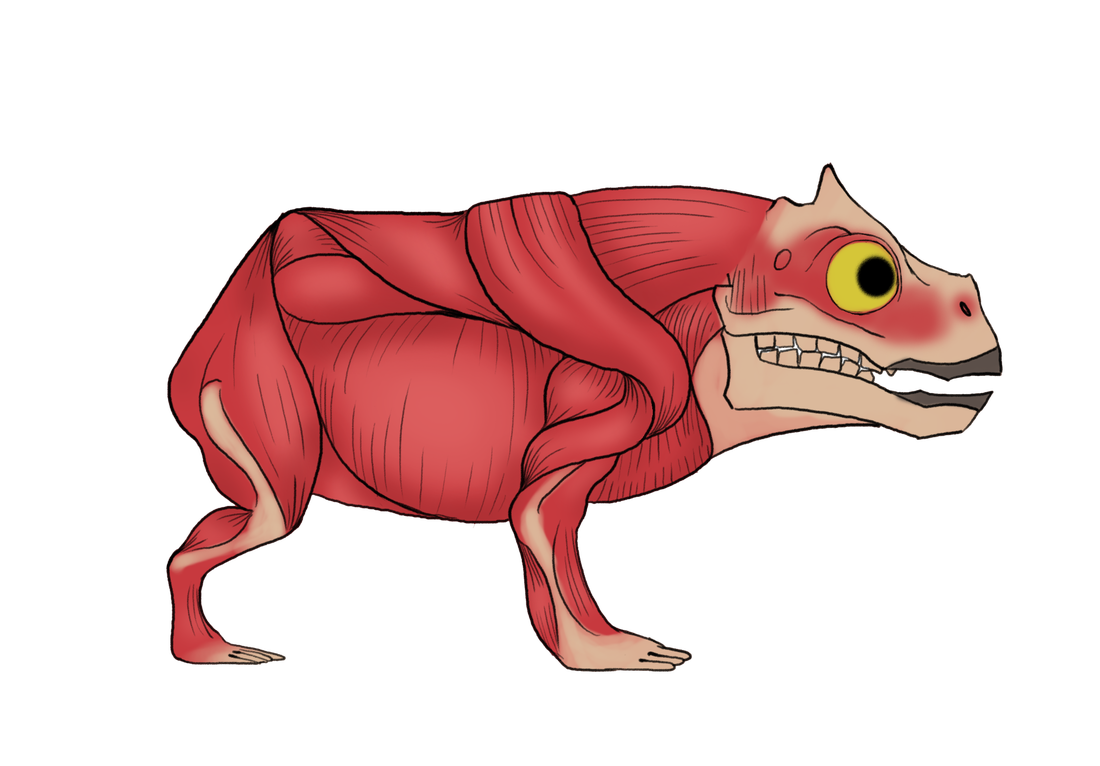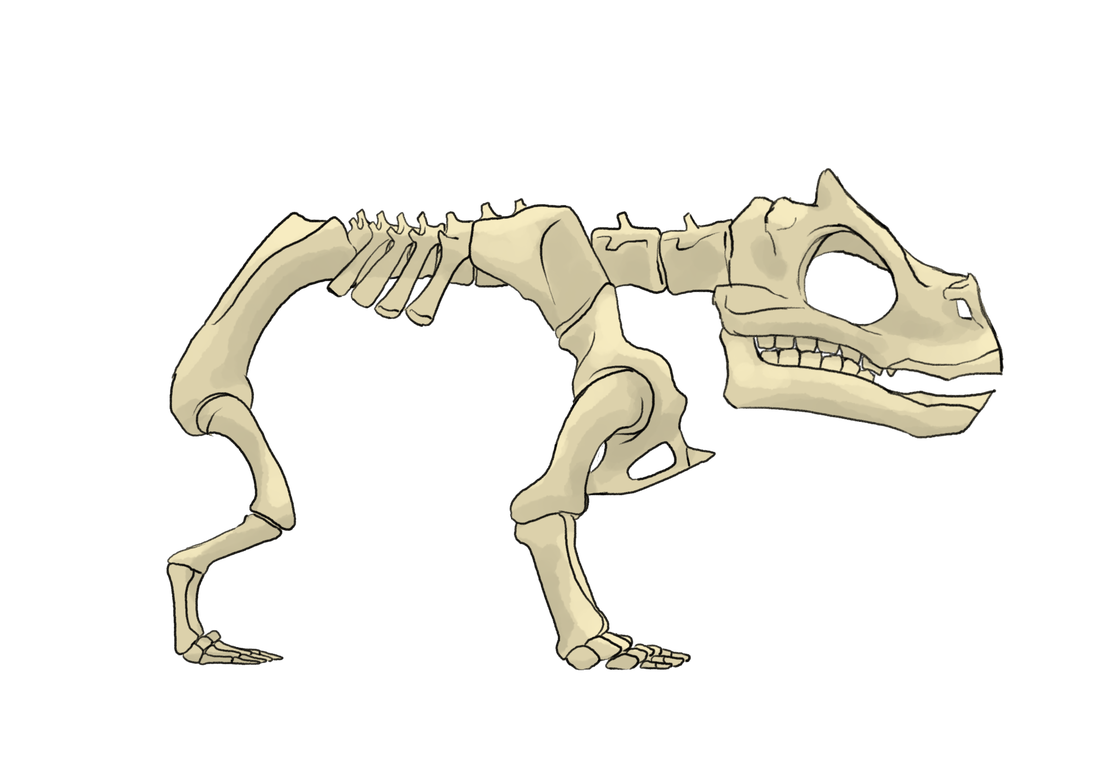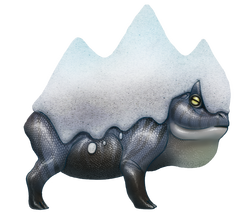|
The trogglefolk serve as a strong example of just how alien the fauna of this timeline can be to us, blurring the line between what we would consider a hive-like society and a tribal society.
Trogglefolk live in villages constructed from their characteristic foam. The foam easily freezes in the winds of the ice-age, so all the trogglefolk have to do to create their homes is produce foma from their bodies and sculpt it into place with a specialized, three-pronged tongue that acts a s sculpting and smoothing tool. Fascinatingly, trogglefolk edifices vary from region to region, and appear to be learned behaviors. Younger trogglefolk learn, copy, and even improve upon techniques they observe in sculpting. There are many features present within their ‘architecture’ that serve no functional purpose, and may in fact be a form of artistic expression. Trogglefolk social interaction involves much sculpting of the foam on the bodies of family members, the styles observed as varied as their ‘architecture’. The observed behavior is not unlike socialization through grooming as observed in the greater primates of our timeline and seems to indicate strong personal ties. These shapes must be re-sculpted very day, as the Trogglefolk sleep in familial piles, destroying the daily sculptures as the foam is mashed together. Eggs are deposited onto the back of the male, where a divot has been made into the foam to hold them. Trogglefolk clutches range between 2-5 offspring. Until large enough to forage independently, the young ride on the male of the parents, often stacked one on the other, with the largest at the bottom. If a party browsing for sustenance is caught out in the elements, they will stack into a totem-pole-like formation, with the top-most individual keeping an elevated eye out for danger as the party rests. Certain communities of trogglefolk have been observed cultivating fungus within their nests as opposed to browsing out in the wilderness, demonstrating the beginnings of agriculture. |
EVOLVES FROM:
|
